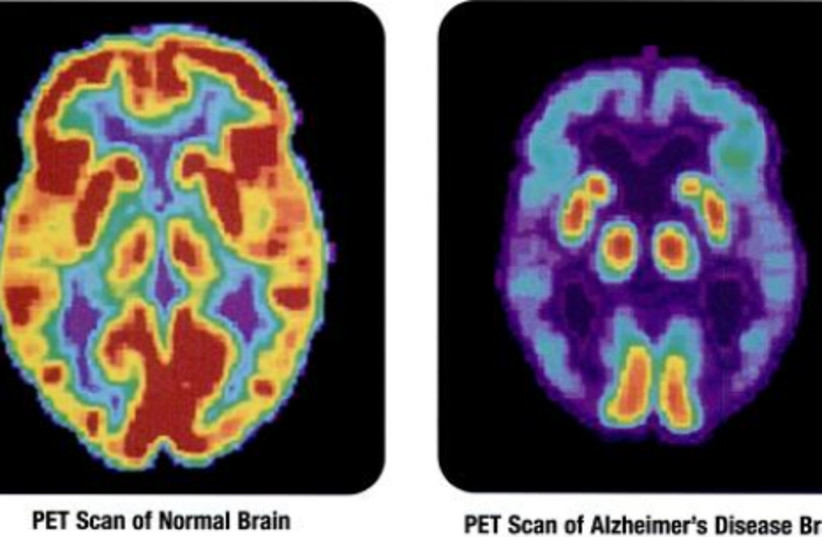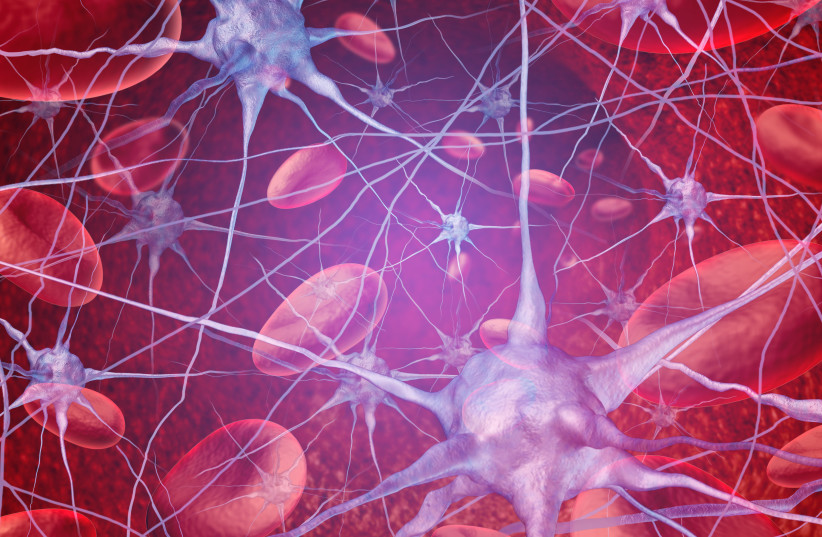Brain 'fingerprints' may be used to identify people - study
New research shows how unique patterns of brain activity can be used for identification purposes, as well as detection of neurological diseases such as Alzheimer's.
Our brains have patterns of activity that are unique to each individual, similar to a fingerprint.
While scientists have previously been able to identify such
"fingerprints" based on two MRIs (magnetic resonance images) taken over a
period of time, a peer-reviewed study published on Friday in the journal Science Advances found that these patterns can be identified in under two minutes.
Researchers
used diffusion-weighted imaging to map white brain matter pathways and
identify structural connections, and they used fMRIs (functional
magnetic resonance images) to model functional connections, which they
found were most prominent while subjects were in a resting state.
Although
it is easiest to identify a subject when bursts of brain activity occur
in longer time intervals, researchers found that the length of time in
which these cognitive connections are made correlates with the functions
of different parts of the brain; visual and voluntary motor functions
tend to appear in shorter intervals, while activity in the
frontoparietal region—which is associated with executive functioning and
problem-solving—more often occurs in longer sequences.
These
findings break new ground in neuroscientists' understanding of brain
"fingerprints" and may make the process of identifying people based on
these fingerprints significantly easier.
The
researchers also found that the aspects of brain "fingerprints" that
allow them to be used for identification disappear over time in subjects
with Alzheimer's Disease, according to the American Association for the Advancement of Science (AAAS).

PET
scans showing the differences between a healthy older adult's brain and
the brain of an older adult afflicted with Alzheimer's Disease (credit:
Wikimedia Commons)
"It’s
as if a person with Alzheimer’s loses his or her brain identity,” said
Enrico Amico, a scientist with Swiss university Ecole Polytechnique
Fédérale de Lausanne’s (EPFL) Medical Image Processing Laboratory and
Center for Neuroprosthetics.
This
phenomenon could make it easier to detect Alzheimer's while it is still
in its early stages, and may even help identify patients with autism,
stroke, or drug addiction.


No comments:
Post a Comment
Stick to the subject, NO religion, or Party politics